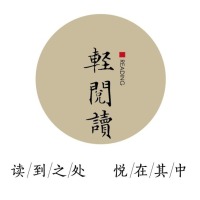When the Baguette Meets Fish Sauce: Bánh Mì Becomes Vietnam’s Street Food Icon

On the streets and alleys of Vietnam, there is a snack that never fails to tempt passersby’s taste buds: a golden, crispy French baguette, split open and filled with pickled daikon, cilantro, fish sauce, chili, grilled meat, and rich pork liver pâté. This is the Vietnamese sandwich known as Bánh mì, both the country’s most common street food and a culinary story written on the tip of the tongue.

The origin of Bánh mì dates back to the late 19th century during the French colonial period. When French baguettes was introduced to Vietnam, locals did not simply copy them—they reinvented them. Rice flour was added to the dough, making it lighter and crispier, and the fillings were infused with Southeast Asian flavors. In this way, a “hybrid” delicacy quietly came into being.

Today, whether in the old alleys of Hanoi or the night markets of Ho Chi Minh City, Bánh mì reigns as the undisputed king of street food. Affordable and versatile, it comes with endless filling options—from grilled meat and fried eggs to fully vegetarian combinations. It not only satisfies countless appetites but has also become woven into the cultural fabric of Vietnam, carrying marks of daily life.


Media outlets regard Bánh mì as a symbol of Vietnamese cuisine, even calling it “one of the world’s most iconic street foods.” For many tourists, that first hot, fragrant bite of a Bánh mì is often the starting point of their journey into Vietnam’s culinary world.














